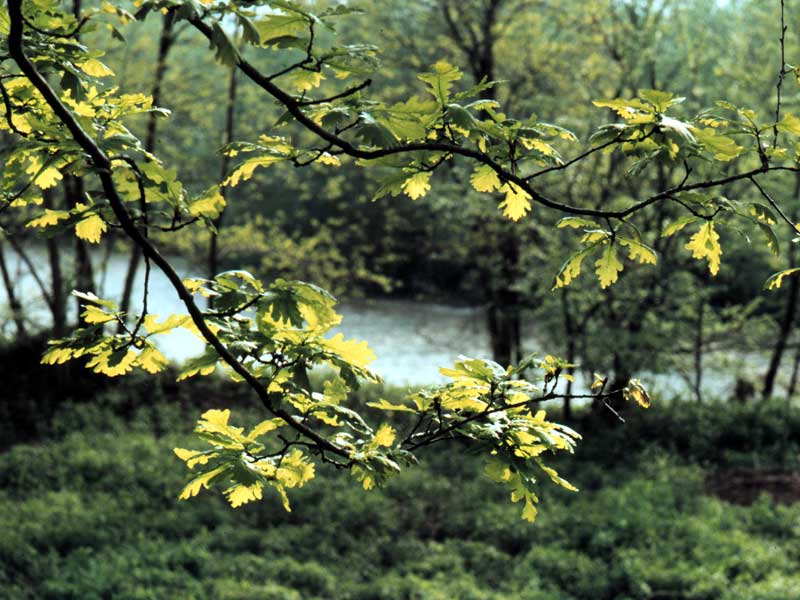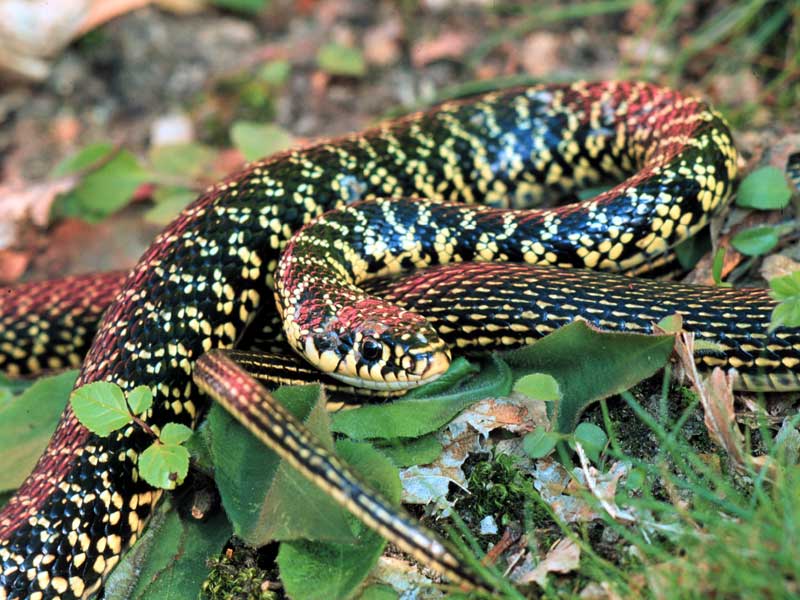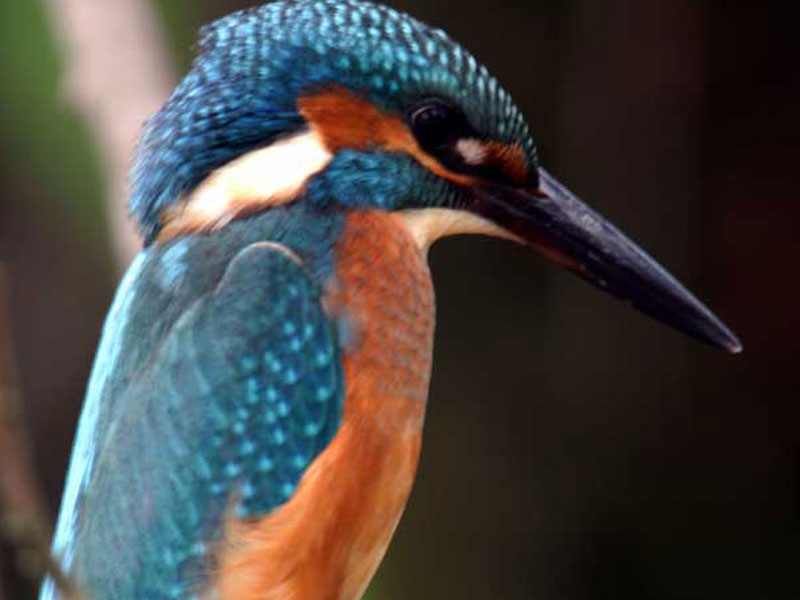Protected Area
Identity Card
- Land Surface Area: 1'818.96 ha
- Regions: Piemonte
- Provinces: Cuneo
- Municipalities: Baldissero d'Alba, Bra, Pocapaglia, Sanfrè, Sommariva del Bosco, Sommariva Perno
- Establishment Measures: L.R. n. 43 18/10/2003
- PA Official List: EUAP0541
- Park Authority: Assemblea dei sindaci dei comuni interessati
The Safeguard Area
The Safeguard Area includes a quality section of Roero area and extends in a thick succession of rocks and steep valleys between 247 and 436m above sea level. Roero landscape is varied and characterized by a succession of cultivated fields and woods, by strong colors changing according to the season, by more relevant altimetric contrasts than those existing in the areas of Astigiano, upper Monferrato, Colline del Po, and Langhe.
Vegetation
Even if most of Roero area is covered with agricultural fields, its
woodland heritage is one of the richest in Monferrato; at the bottom of
the valleys, in the wettest areas, there are formations that can be
traced back to the Alliance Alno-Ulmion. In drier areas there are woods
consisting of Common Oak, White Hornbeam with Littleleaf Linden, Wild
Cherry, and Common Ash which can be traced back to the Alliance
Carpinion: they are residual mesophile plain woods within the list of
the Habitats of Community Interest of Directive 92/43/CEE. Sometimes in
the ravines it is possible to find more sciophilous and less
continental formations characterized by the presence of the beech tree.
In the mountains, woods referring to Quercetalia-robori-petraeae grow, where the Sessile Oak dominates; in the driest areas, Scots pine,
Turkey oak, and Downy Oak appear; some sub-Mediterranean species can
also be found in these woods (Wild Service tree, Cornelian Cherry
Dogwood, Wayfaring tree). The forms of degradation of these oak woods
and of re-invasion of abandoned vineyards consist of moorlands with
Bracken Fern and Bent Grass. Together with Bent Grass, it is usual to
find Gladiolus palustris, a rare and protected species. In the
talwegs and as an invasive form on fertile soils, the Black Locust tree
grows: it was used in the past to produce poles for the vineyards.
The presence of caper bush and of other Mediterranean essences is of particular importance: Chrithmum maritimum, Centranthus ruber, Opuntia compressa, Anthirrimum.
The presence of the Mezereon is rare and interesting. We must also
mention the ancient diffusion of the olive tree, which has nowadays
almost disappeared, and the presence of the Marsh Helleborine (Epipactis palustris), the Marsh Gentian (Gentiana pneumonanthe), and the Pussytoes (Antennaria dioica).
Also the Scots Pine was much more widespread in the past, forming real
woods; afterwards, given its exploitation for the production of timber
and brick-yards, it has been reduced. Of great importance ponds, fish
pools, and marshes mainly deriving from artificial basins created in
past centuries near the farmsteads for irrigation purposes. Besides
housing an interesting aquatic and hygrophilous vegetation, these
environments are important for their fauna, in particular for rare
chiropters.
30 species found in Roero territory are subject to total protection, according to the Regional Law 32/82.
Fauna
As far as birds are concerned, the area is characterized by the presence of the Short-toed Eagle (Circaetus gallicus) during migrations, while in the woodlands the European Honey Buzzard (Pernis apivorus) and the Black Kite (Milvus migrans) nest. Agricultural areas are characterized by the presence of the Nightjar (Caprimulgus europaeus) linked to warm and dry environments, the Lesser Grey Shrike (Larius minor) and the Woodchat Shrike (Larius senator) which is disappearing in Piedmont for the use of chemical substances in agriculture, the Ortolan Bunting (Emberizza hortulana) whose number has been considerably reduced all over Europe for the same reason, the Montagu's Harrier (Circus pygargus), the Woodlark (Lullula arborea), and the Partridge (Perdix perdix italica). The latter has disappeared from most of the cultivated plain and has a discontinuous distribution.
In the wetlands we must mention two bird species within the list of
species of Community Interest that can be found in Directive 92/43/CEE:
the Little Bittern (Ixobrichus minutus) and the Kingfisher (Alcedo atthis).
Two reptile species living in the area require a strict protection: the Green Lizard (Lacerta viridis) and Western Whip Snake (Coluber viridiflavus).
The Green Lizard eats insects, and is therefore threatened by the use
of pesticides and herbicides, as well as by the reduction of hedges and
rows and by the use of compact materials for wall building. The Western
Whip Snake suffers not only from the reduction of hedges and rows, but
also from the diffusion of asphalt roads which, favoring
termoregulation, are very busy: they have therefore higher
probabilities of being swept away by motor vehicles.
Among the most interesting insects: Lucanus cervus and Cerambix cerdo within the list of species of Community Interest that can be found in the Directive 92/43/CEE (HABITAT).
Geology
The line of the Rocche marks the current limit of the great regressive erosion phenomenon developed after the seizure of Tanaro. Erosion has dug deep valleys and has brought to the formation of the light grey-blue marls dating back to the Tortonian period (15 million years ago), from which not very high and gentle morphologies and gypsum banks of the Miocene. The Piacenzan grey-blue marls rich in marine fossils (Argille di Lugagnano) date back to the Pliocene and form the impermeable bottom of the valleys in the southern area of Roero, as well as the Astian yellow sands; the Villafranchian marly-gravelly-pebbly deposits cover large areas of the plateau; the loes, with its bright red color, also belongs to the same formations and is common on the plateau.









